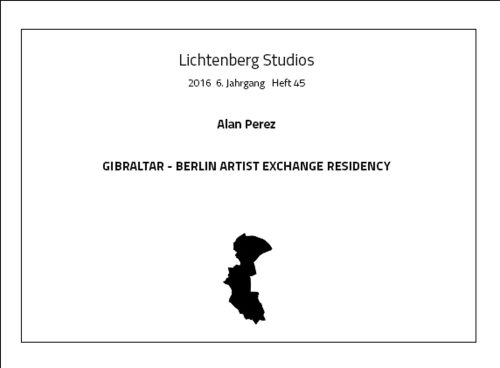Lotto in Lichtenberg
Alan Perez got to learn to know the district in a very personal way – and connected very different places, inhabitans and vistitors of Berlin-Lichtenberg with his project.
During his ways through the widespread district he spoke to people on the street and asked them to play the lottery announcer. The wooden balls they fished out of an especially printed „Lichtenberg Lotto Travel“ hessian bag were inscribed with the names of public transportation stops as well as of district areas in Lichtenberg. Afterwards he asked the person that drew the ball for a selfie, which will later be exhibited.
(Far from not only) imaginary connections between humans, the point they were at that moment, and the randomly drawn places were being linked, quasi automatically.
More than a few of the art project’s random participants had a story to tell: „In 1988 I was an inmate at the Stasi prison for one year“, a gentle sir reported in fluent English at sun flooded Rummelsburger Bucht, after having drawn the „Hohenschönhausen“ ball. A woman on the S-Bahn bridge in Neu-Hohenschönhausen drew the „Nöldnerplatz“ ball and her eyes started to shine, for the reason that her sister lives just there. „Maybe this brings me a bit of luck“ she said before departing on her bicycle. Both the artist from (British) Gibraltar and a business man from London, who was in Berlin only for a few hours, were amazed to meet – of all things in front of the shopping mall close to Tierpark.
But not only open hearted reactions, the willingness to take part, and a small story to spice and line the experiment were to experience – brusque, quick refusal by hounded citizens or an unfriendly „we don’t buy anything“ by classic old men on a park bench, or clearly expressed distrust in the face of being offered to communicate with a stranger, to take part in art, and also facing photographic documentation were common occurrence. These reactions also draw the image of an urban area that is emotionally characterized by its history as well as by its architecture.
However, the result is a meaningful portrait of Lichtenberg’s population structure – lines between very different places, stories and faces. Also in Lichtberg some people knew about freewheeling monkeys, a big rock, and an airstrip that crosses a freeway. With the exhibition of their selfies in Gibraltar, they and their diverse district are now connected with this special place at Europe’s end, as well as Alan Perez will not so quickly forget Lichtenberg’s diversity between tower blocks and renovated traditional buildings. (Max Sudhues, July 2016)

